Hello.こんにちは
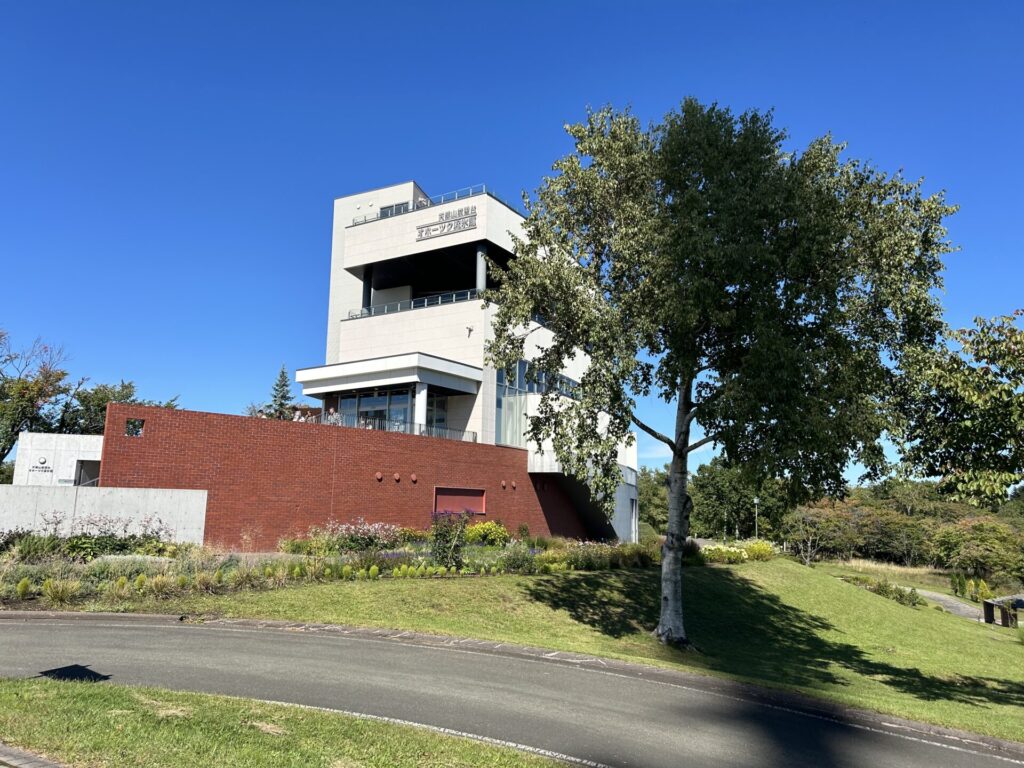
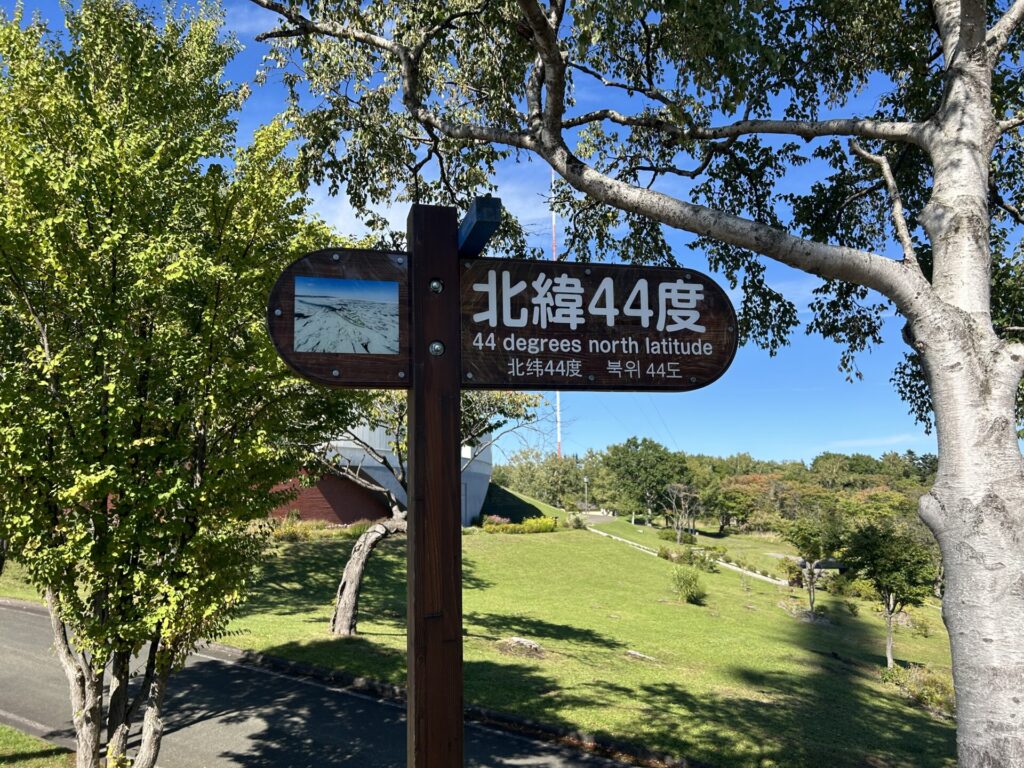
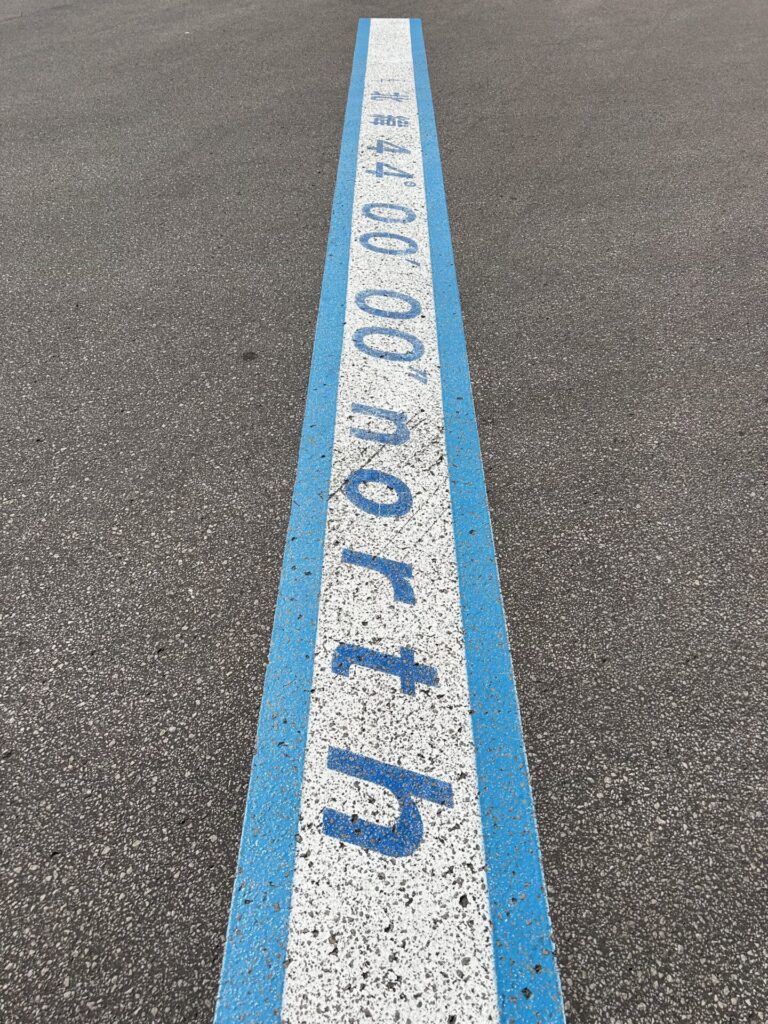
We visited the Okhotsk Drift Ice Museum, a popular science museum in Abashiri, alongside the Abashiri Prison. The Drift Ice Fantasy Theater inside features five screens—front, left, right, and top and bottom—with a total of 400 inches. You can see impressive images of drift ice, the sky, and the creatures of the Sea of Okhotsk.
網走監獄と並んで人気のある科学館「オホーツク流氷館」を訪れました。館内には「流氷ファンタジーシアター」があり、前面、左、右、上、下の5つのスクリーンで合計400インチの大画面で、流氷や空、オホーツク海の生き物たちの迫力ある映像を見ることができます。
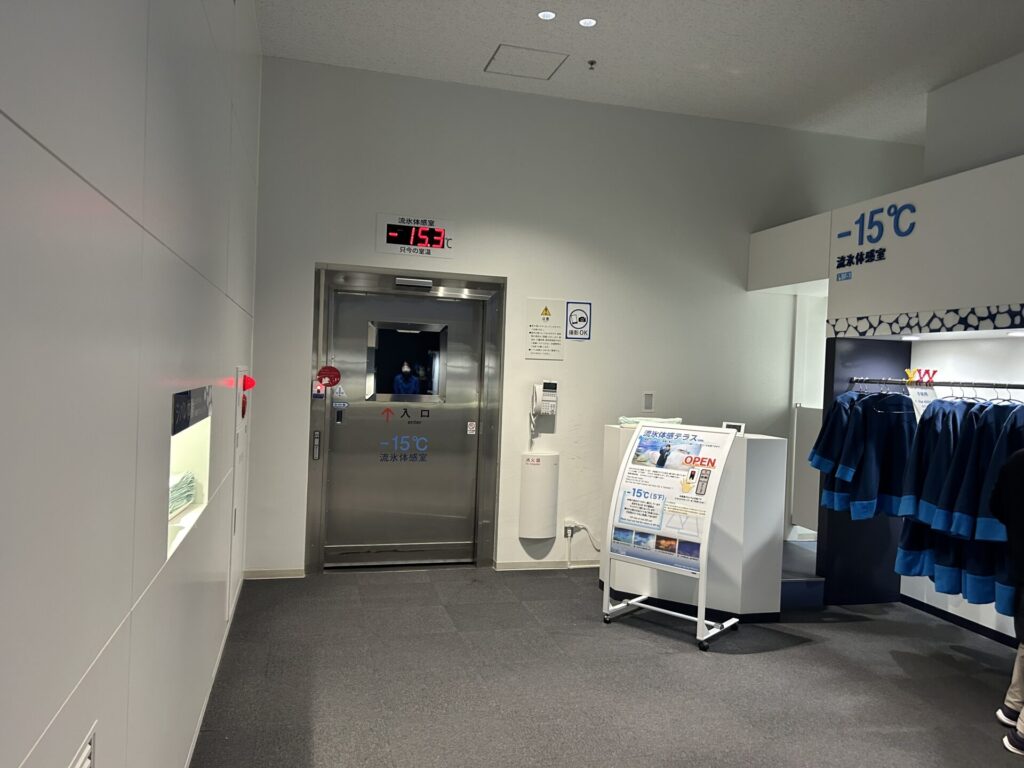

In the Drift Ice Experience Terrace, the indoor temperature is minus 15°C, so you need to wear a thick coat to enter. Here, you can touch real drift ice. They also lend you a wet towel, and after spinning it 30 times to freeze it, the towel becomes stiff like a stick. Be sure to give it a try!
From the observation terrace, you can enjoy a magnificent 360-degree view of Lake Abashiri, Lake Notoro, Lake Tōfutsu, Lake Mokoto, and across the Sea of Okhotsk to the Shiretoko mountain range and the Akan mountains.
At the café inside, you can try the drift ice soft-serve ice cream, which is flavored with salt caramel made from salt from the Sea of Okhotsk.
流氷体験テラスは、室内の気温がマイナス15°Cに保たれており、厚いコートを借りて中に入ります。ここでは本物の流氷に触れることができます。また、濡れタオルを貸してくれ、それを30回回すと、タオルが凍ってまるで棒のように固くなります。ぜひ試してみてください! 展望テラスからは、網走湖、能取湖、濤沸湖、藻琴湖、そしてオホーツク海を越えて知床山脈や阿寒山脈まで、壮大な360度の景色を楽しむことができます。また、 館内のカフェでは、オホーツク海の塩を使った塩キャラメル風味の流氷ソフトクリームが食べられます。
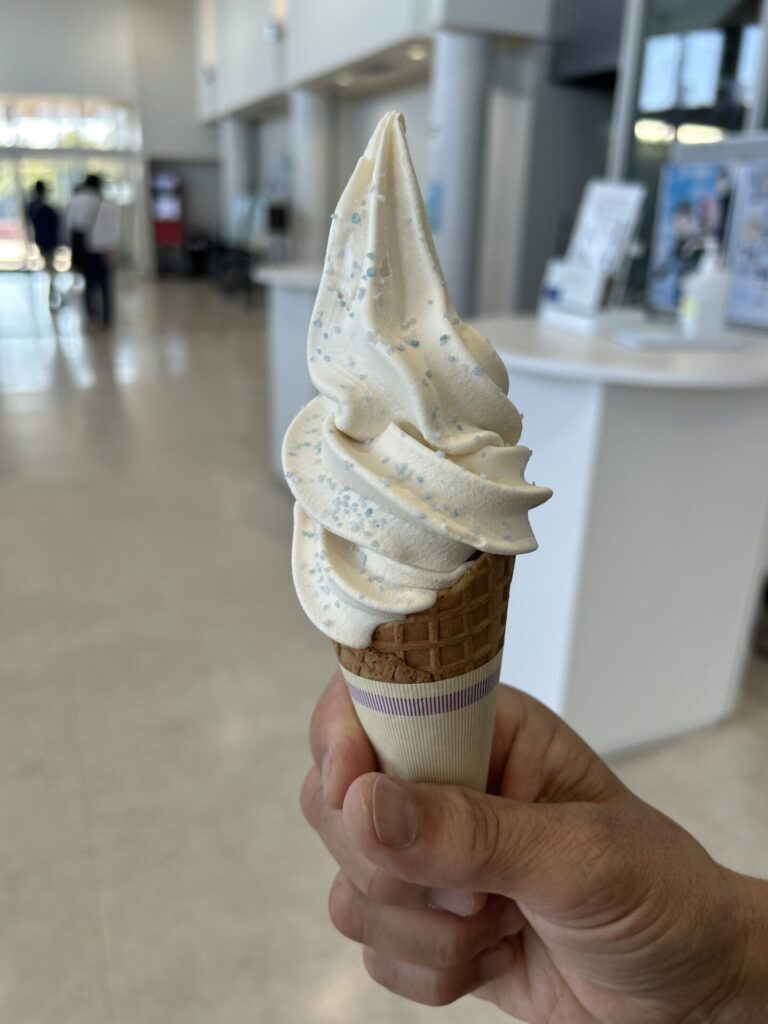
Next, we went to the Gurutto Panorama Bihoro Touge roadside station.
This place has won first place in the scenic category of the annual Hokkaido roadside station rankings by the Ministry of Land, Infrastructure, Transport and Tourism for six consecutive years. Located at an elevation of about 525 meters, it offers a breathtaking view of Lake Kussharo, one of Japan’s leading caldera lakes. This popular tourist destination attracts about 600,000 visitors annually.
次に、私たちは「ぐるっとパノラマ美幌峠」道の駅に行きました。
ここは、毎年発表される北海道道の駅ランキングの、景観部門で6年連続1位です。標高約525メートルにあり、カルデラ湖の屈斜路湖の絶景が見れます。
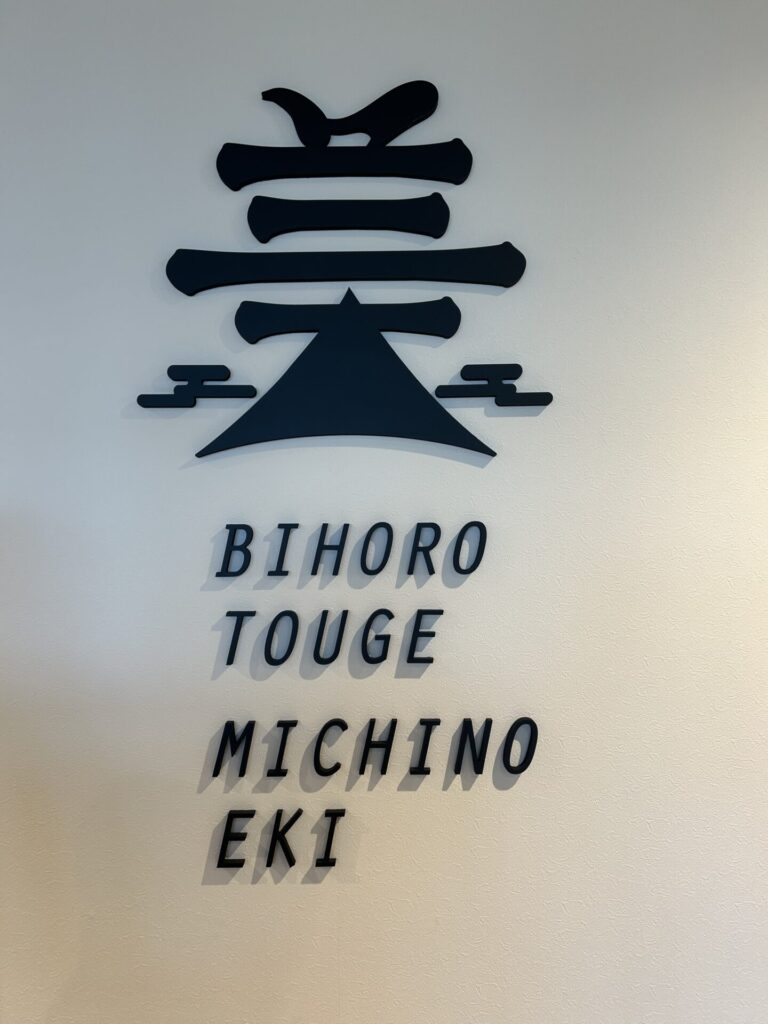
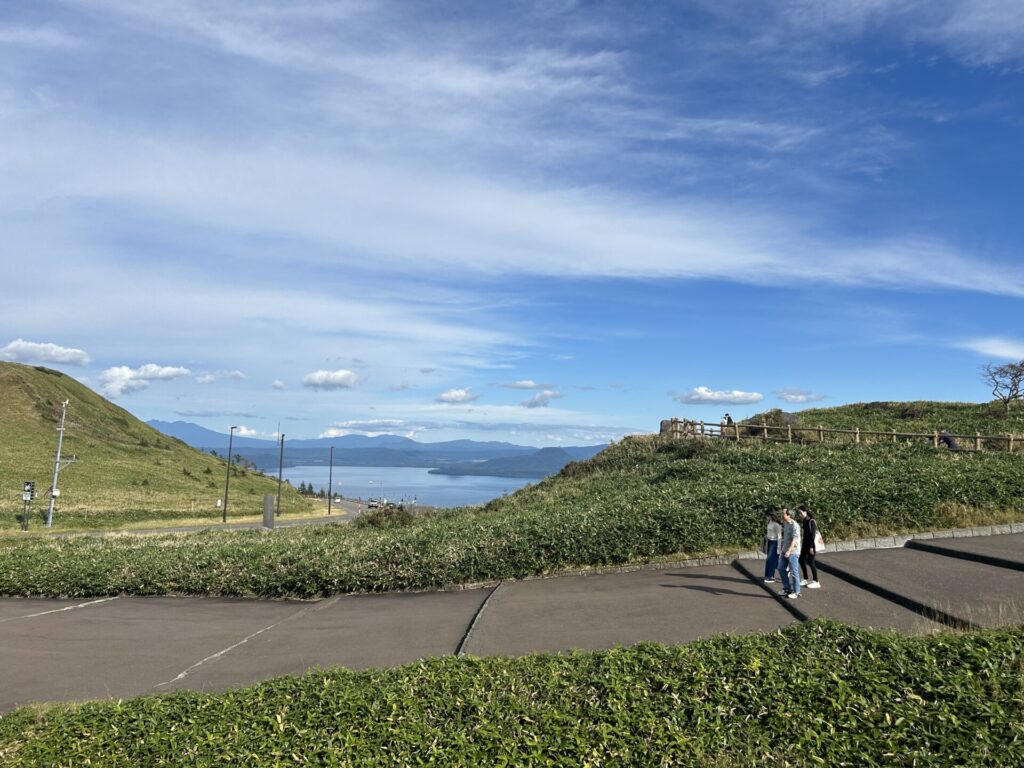
Then we headed to Sulfur Mountain.
This mountain, the source of the famous Kawayu Onsen, is called “Atosanupuri” in the Ainu language, meaning “naked mountain.” True to its name, the slopes are bare of trees, with steam rising and roaring from over a thousand fumaroles, filling the area with a distinct sulfur smell. From the parking lot, a short walk over gravel will take you close to the fumaroles. You can see many yellow sulfur crystals and experience the pulsating energy of the Earth up close.
その後、私たちは硫黄山に向かいました。
この山は、名湯川湯温泉の源泉であり、アイヌ語でアトサヌプリ(裸山)と呼ばれています。山には木々がなく、1,000以上の噴気孔から蒸気が立ち上り、硫黄の香りが漂います。駐車場からは、砂利道を少し歩くだけで噴気孔の近くまで行けます。たくさんの黄色い硫黄結晶を見ることができ、地球の鼓動を感じられます。
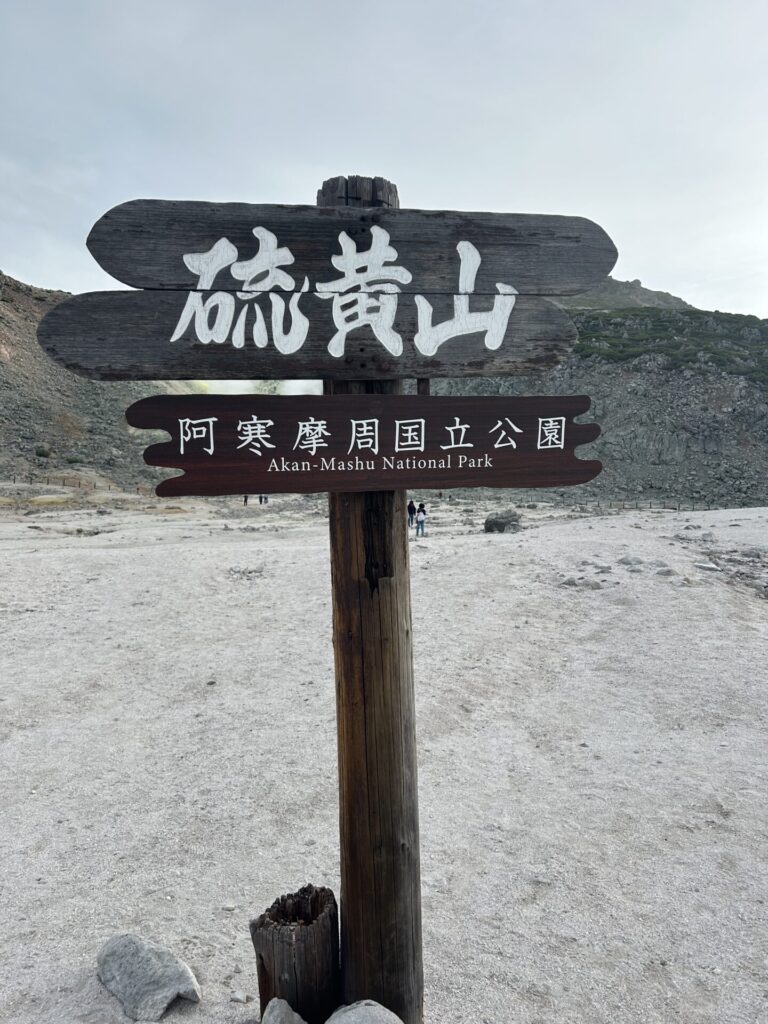
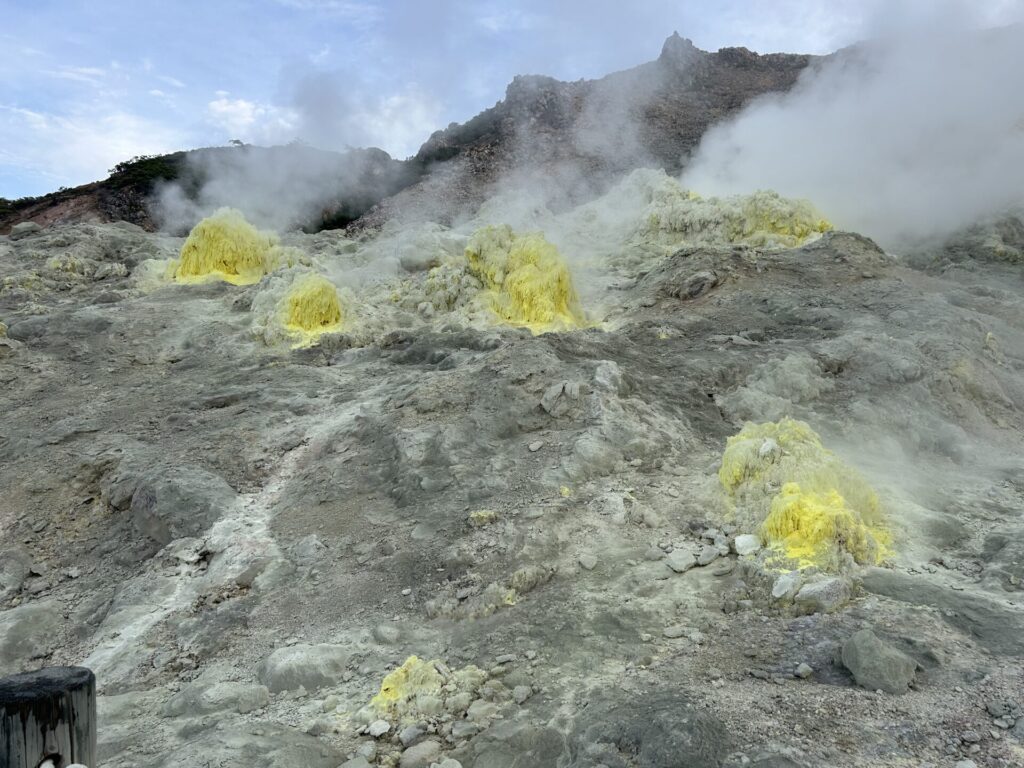
This mountain once prospered from sulfur mining and export. In the newly renovated Sulfur Mountain MOKMOK Base exhibit, you can learn about its past. At MOKMOK Base, we tried the onsen-steamed eggs, a beloved local specialty. The eggs are steamed using water from the Kawayu Onsen, infused with a subtle sulfur aroma and saltiness. Here, you peel the shells after wrapping them with tape. It’s fun!
この山はかつて硫黄の採掘と輸出で栄えたそうです。硫黄山MOKMOKベースで、地元の名物である温泉卵を食べました。川湯温泉の湯を使って蒸した卵で、硫黄の香りと塩味がとてもおいしい。卵をテープで包んで殻をむきますが、これが楽しい!
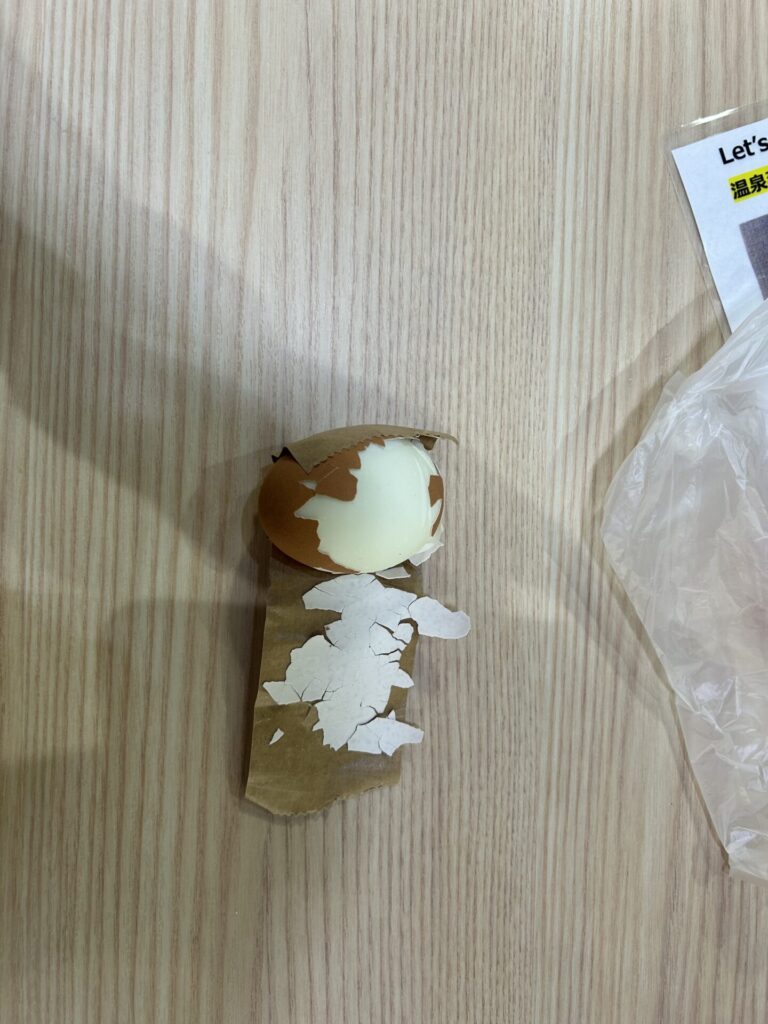
Next, we went to the sand bath at Lake Kussharo.
In Teshikaga, Hokkaido, there are many hot springs like Kawayu Onsen, Mashu Onsen, and Wakoto Onsen. At Lake Kussharo, you can dig in the sand to find a natural hot spring. With just a little digging, hot water starts bubbling up. However, digging can be quite hard, and most people stop once they find some hot spring water. If you dig a little deeper, more hot spring water will flow. If you find digging challenging, there is a foot bath nearby.
次に、私たちは屈斜路湖の砂湯に行きました。
屈斜路湖では、砂を少し掘るだけで温かい湯が湧き上がってきます。しかし、掘るのはなかなか大変です。近くに足湯もあるので、そちらでゆっくり楽しむのもいいですよ。

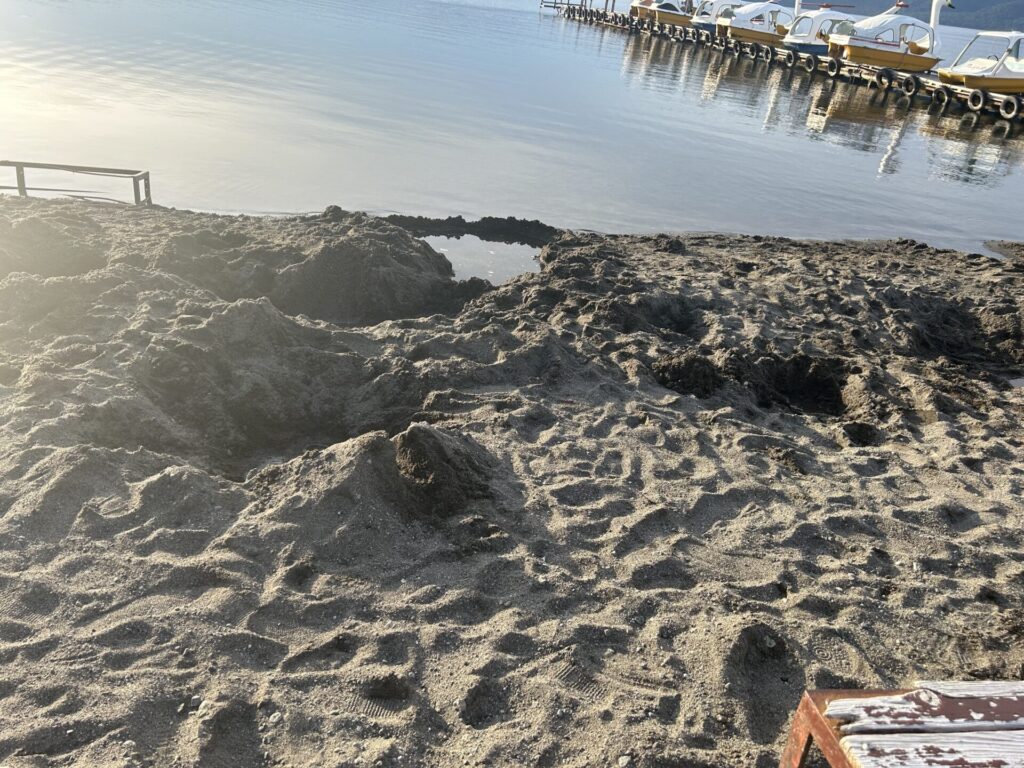
After that, we went to the first observation deck of Lake Mashu. It’s been a full day!
We rushed to arrive before sunset to enjoy the views.
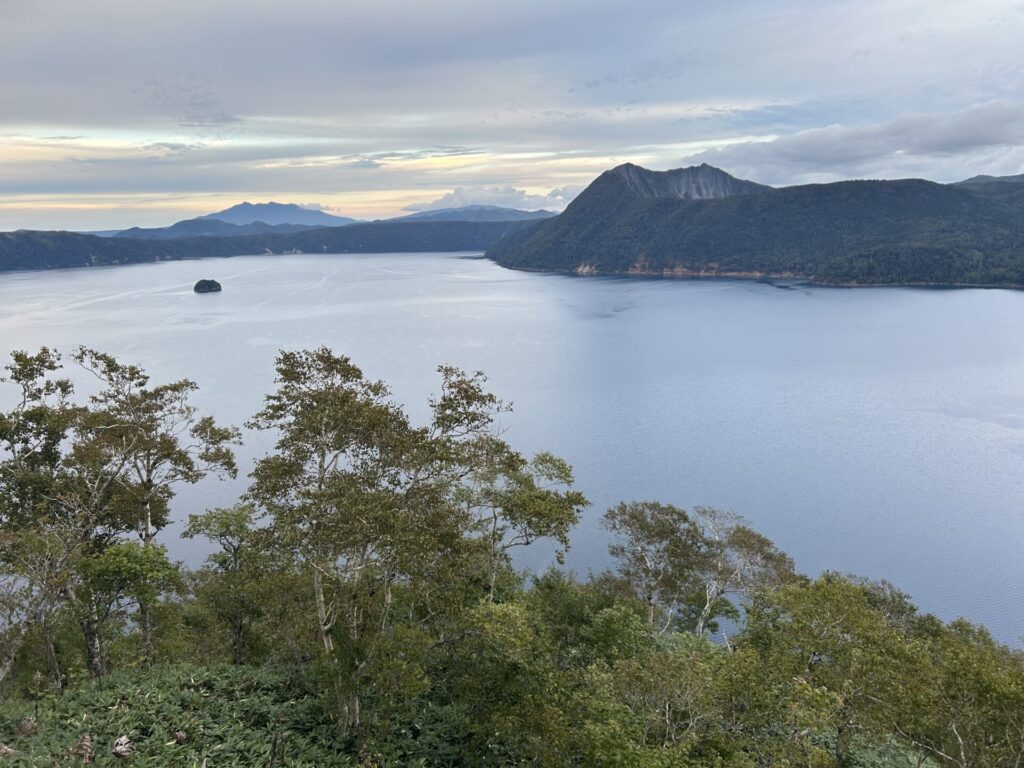

Lake Mashu, called “Kamuito” in Ainu, is a mysterious place known as the “Lake of the Gods.” From the observation deck, the deep blue water seems to pull you in, constantly changing with the movement of the clouds. This blue, known as “Mashu Blue,” is a unique color created by the reflection of the sky on the lake, which boasts some of the highest transparency in the world. The steep cliffs around the lake prevent access to the water’s edge. The beautiful mystery of this lake continues to attract many visitors over time.
The first observation deck is one of three around Lake Mashu, commonly known as “Omote Mashu.” During winter, the other observation decks are closed, but the first observation deck remains open year-round, bustling with tourists admiring Lake Mashu.
Lake Mashu is Japan’s sixth largest caldera lake, with a circumference of 20 km, an area of 19.2 km², an average depth of 145.9 m, and a maximum depth of 211 m. A caldera is a depression formed after a volcanic eruption, where water collects in this sunken area, creating a caldera lake.
摩周湖(アイヌ語で「カムイト」)は、神々の湖とし云われています。展望台から見る深い青色の湖面は、まるで引き込まれそうな美しさです。この青は摩周ブルーと呼ばれる独特の色です。
第一展望台は、摩周湖周辺にある3つの展望台のうちの一つで、表摩周として知られています。冬の間、他の展望台は閉鎖されますが、第一展望台は年間を通して開放されています。
摩周湖は、日本で6番目に大きなカルデラ湖で、周囲は20km、面積は19.2平方キロメートル、平均深度は145.9m、最大深度は211mです。カルデラとは、火山噴火後にできた窪地で、そこに水がたまりカルデラ湖が形成される地形のことです。
Finally, we arrived at the Pappas Land Satsuru roadside station, where we’ll spend the night in our car.
This roadside station is located in Kiyosato Town, where the waters of Lake Mashu spring forth. The name “Pappas” means “potato” in Spanish, named after the local specialty potatoes.
Well then, see you later.
最後に、「道の駅パパスランドさっつる」に到着しました。今夜はここで車中泊します。
この道の駅は、摩周湖の水源が湧き出る清里町に位置しています。「パパス」という名前は、地元の特産品であるジャガイモを意味するスペイン語に由来しています。
では、また!
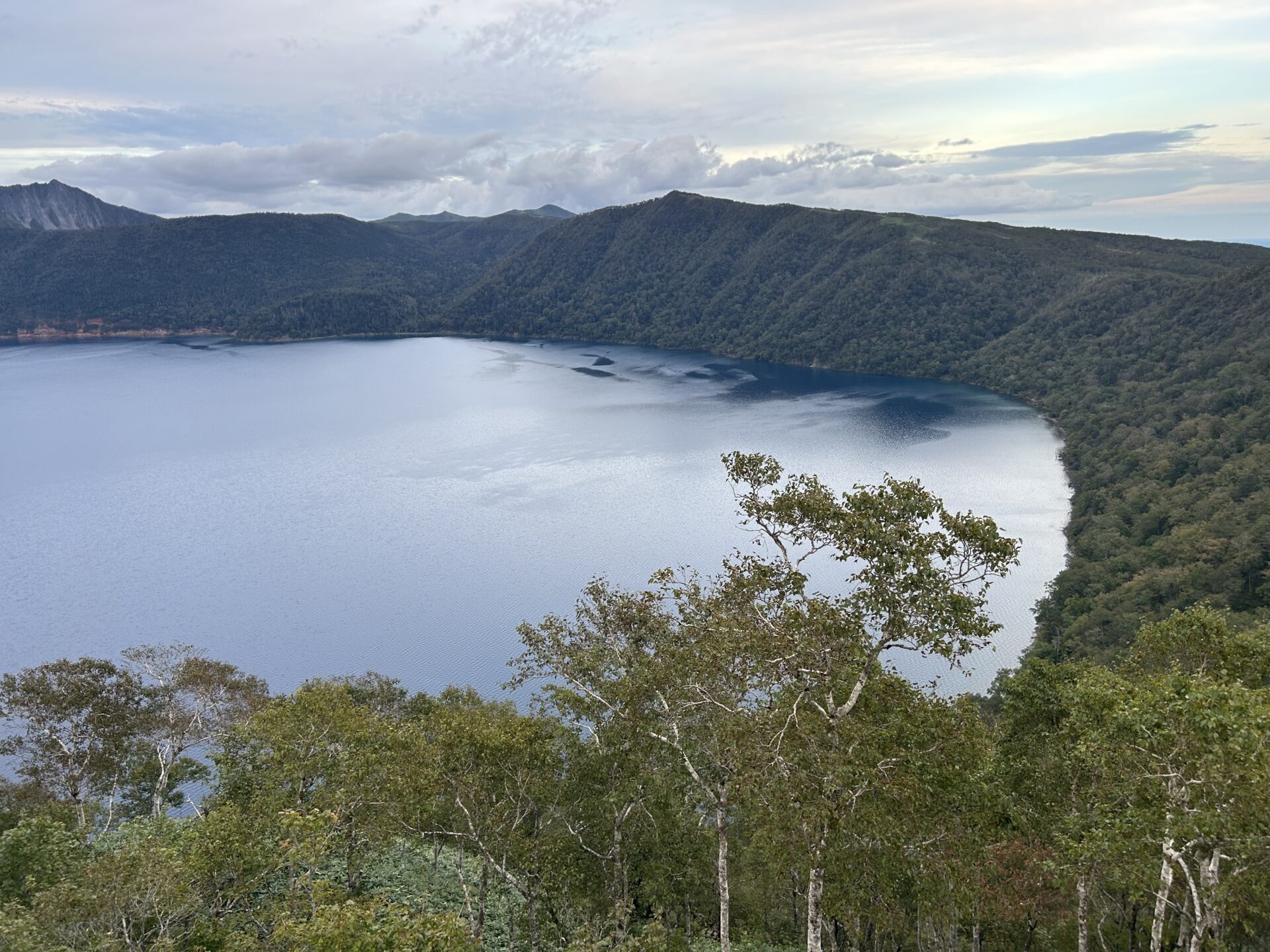
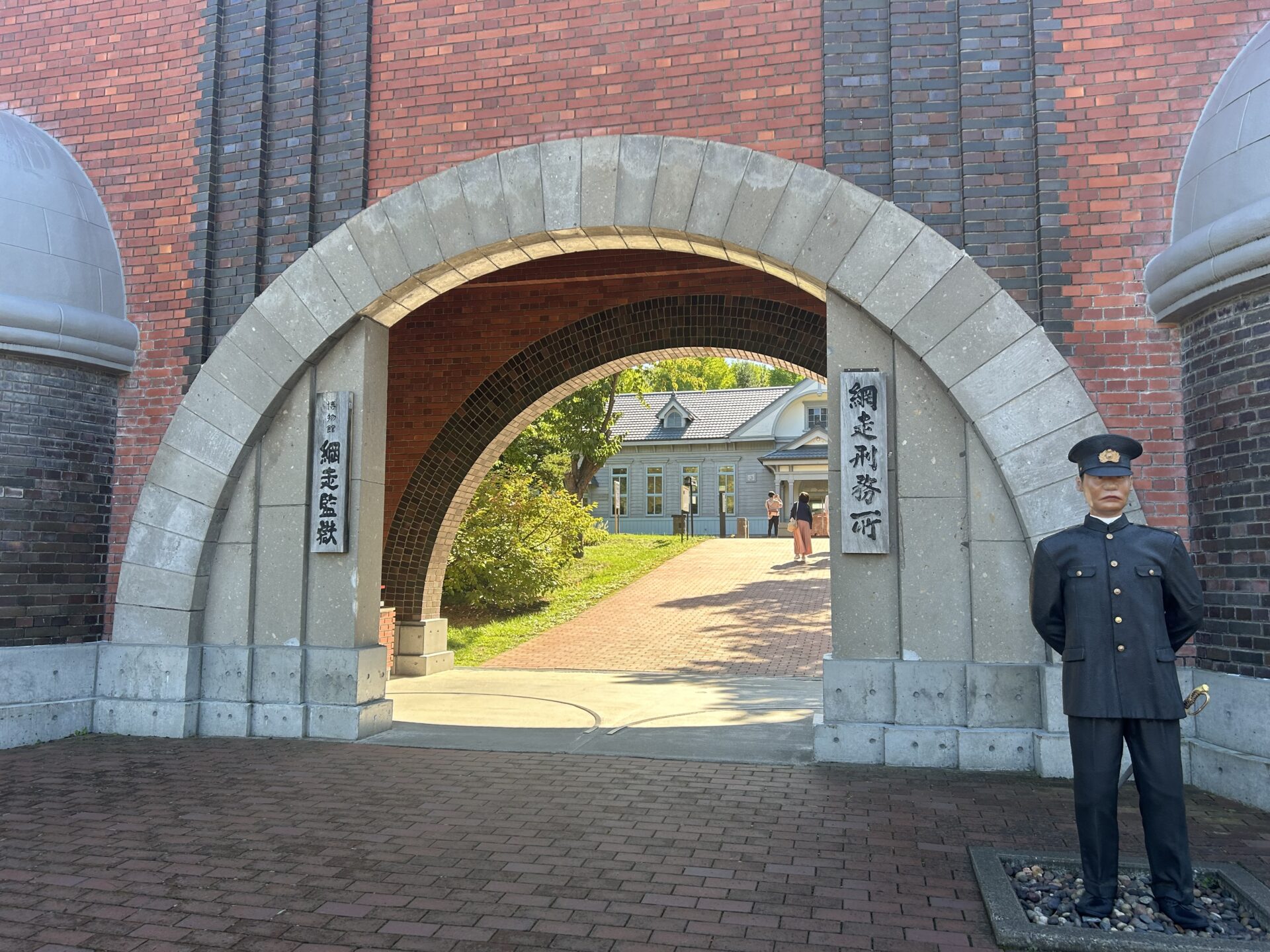
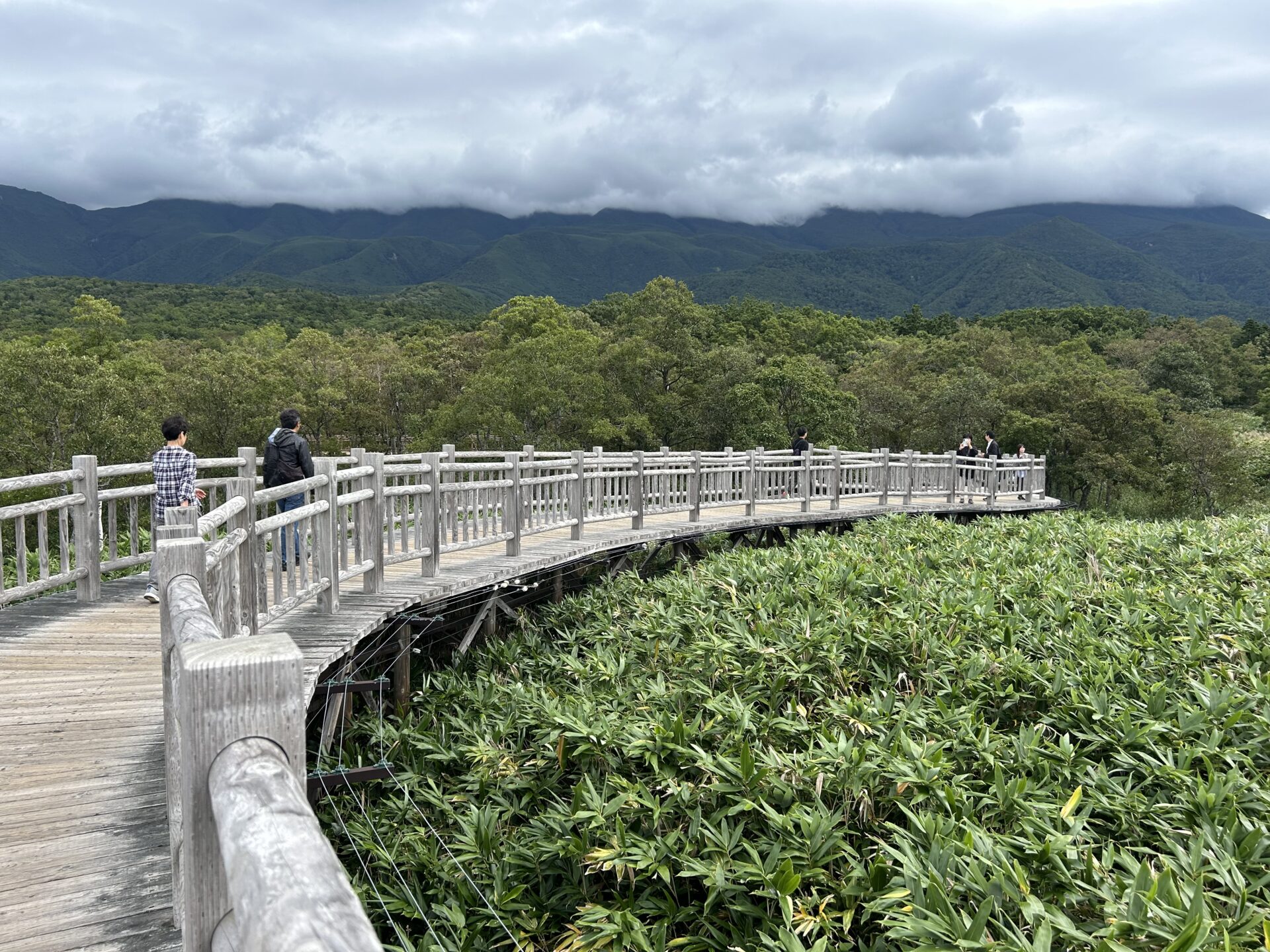
コメント